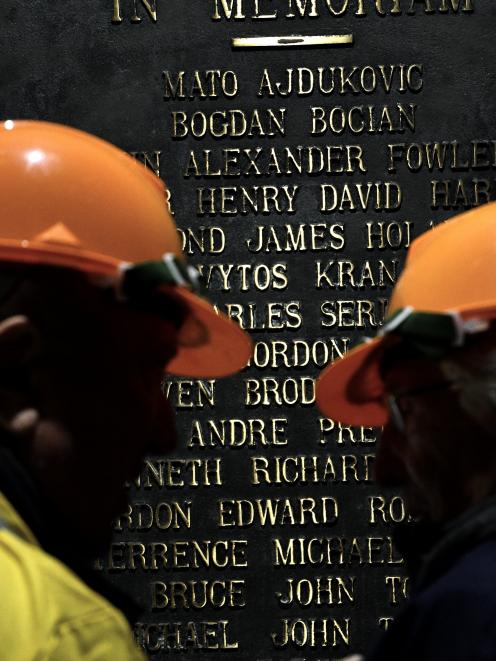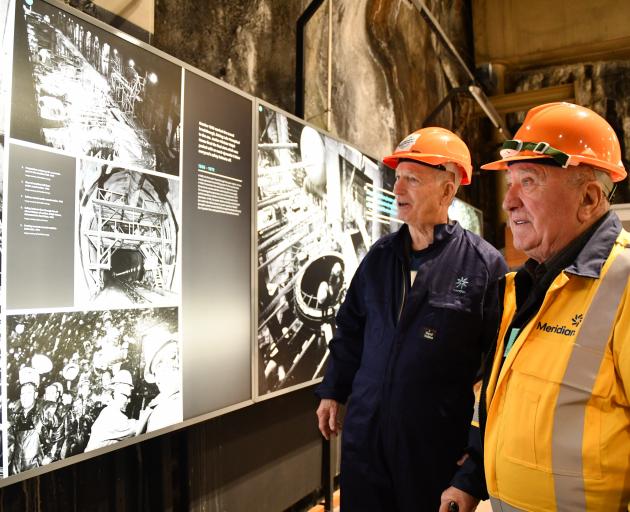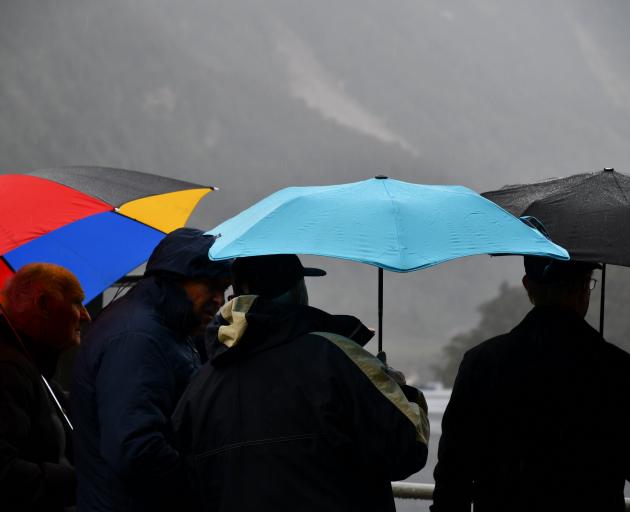A lot can change in 50 years. Yet memories, both good and bad, were still fresh as about 40 ex-workers and their families visited the Manapouri hydro-electric station on Saturday.
While fewer than 20 people now work there, it took 1800 workers eight years to build it.

Some of those 1800 were invited by Meridian Energy, which has owned the power station since 1999, to tour the site as part of the delayed 50th anniversary celebrations marking when water first flowed through the station in September 1969.

Acting site manager Blair Falconer looked forward to hearing the stories of those who built his workplace.
"We’re just the caretakers here at the moment," he said.
"They did all the hard work.
"It’s really good to get them over and hear their challenges and sacrifices they made during the build."
Margaret Kingipotiki has worked as a station maintainer for three and a-half years.

She loved how the team of 16 were like a family.
"We do rely on each other, and there are some roles here that are quite unique and can be quite dangerous.
"You want to know someone has got your back."
That sentiment was echoed by Selwyn Steedman, who worked as a face surveyor at Deep Cove during construction.
"We’re all part of a brotherhood. It was a special project that was really special to New Zealand."
He was excited to be back after 25 years.
"It’s like being on home soil."
It was good to be back, and he said they were treated like VIPs.

During the tour, guests stopped at a plaque placed in memoriam of the 16 people who died in the course of the station’s construction.
"Two on the plaque were killed on the shift I was on. One I actually physically took out on the locomotive out of the tunnel."
The man was alive then, but died soon after.
"It brings back a few vivid memories when I see that plaque."
It was a time for reminiscing for Allan Forbes, originally from Dunedin.
It had been 50 years since he last stepped foot in West Arm.
He worked initially at Deep Cove, and it was here he looked out over the water with his former boss, Peter Berry, on Saturday.

"He put me on a bus, gave me a salute and away I went."
Mr Berry said working at West Arm was the best job he had ever had.
"West Arm had heaps of problems and all sorts of things, but it was a great place to work with great camaraderie. Everybody looked after one another, and that was something I never struck in the North Island."
It was a long day for the guests, which included a tour of the station and over Wilmot Pass to Deep Cove.
Another two tours will be held in following weekends.
Timeline
1956: Concept plans revealed.
1963: Wilmot Pass road construction begins.
1963: Powerhouse construction begins.
1964: Tailrace tunnel construction begins.
1965: Wilmot Pass road completed.
1967: Powerhouse construction completed.
1968: Tailrace tunnel completed.
1969 (September 14): Water flows through station.
1969 (Sept-Oct): Generators 1-4 commissioned.
1971: Generators 5-7 commissioned.
1971: Tiwai Point produces first aluminium.
1972: Power station fully commissioned.
1999: Meridian Energy assumes ownership.
2002: Second tailrace tunnel completed (cost $200million).
- Laura Smith was hosted by Meridian Energy










